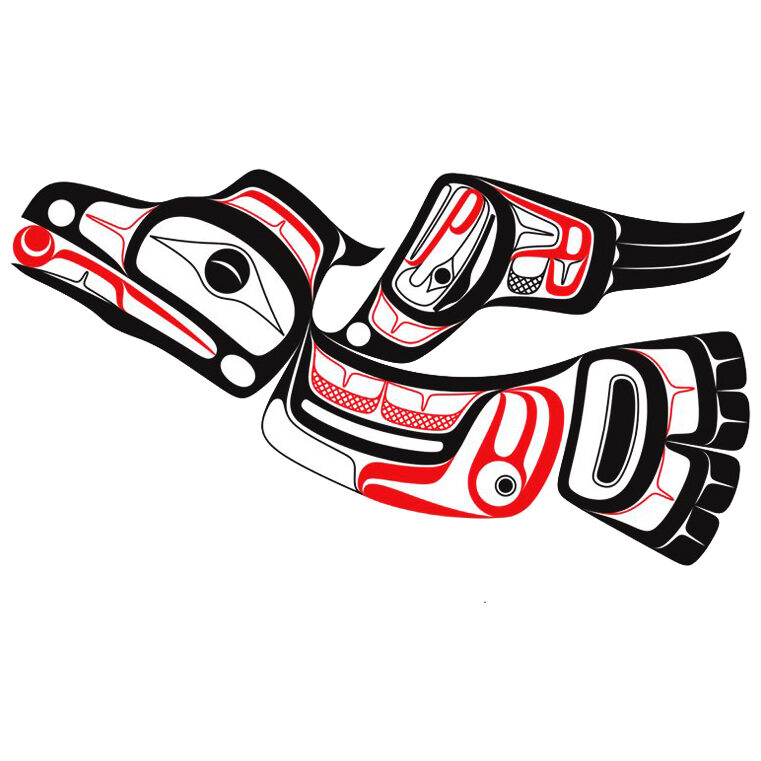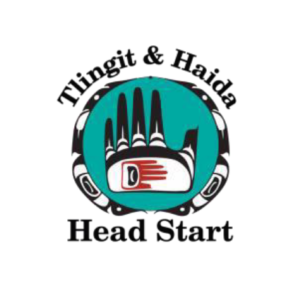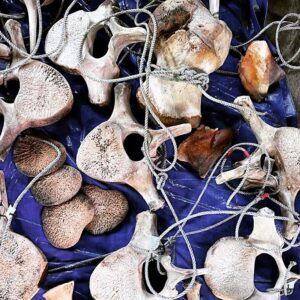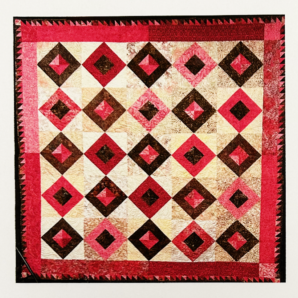
Raven as Trickster & Cultural Hero
Lecture Series by Sealaska Heritage and Book Planned
Sealaska Heritage Institute will sponsor a lecture series on “Raven as Trickster and Cultural Hero” by traditional Tlingit and Tsimshian storytellers. Free event to be offered in-person and virtually.
- The series will end with an academic review of Raven stories by a scholar of Northwest Coast culture and history.
- All lectures will be held in-person at 12noon (Alaska time) at the Walter Soboleff Building in Juneau. SHI will also live stream the series on its YouTube and save the talks on its channel immediately after.
- SHI News Release About Raven as Trickster series
The LIVE talks are scheduled as follows:
- Tuesday, May 9: Johon Atkinson, Tsimshian
- Tuesday, May 16: Fred White, Tlingit, Shangukeidí
- Thursday, May 18: William (Joey) Bolton, Tsimshian
- Tuesday, May 23: David Kanosh, Tlingit, Deisheetaan
- Friday, May 26: Dan Brown, Tlingit, Teikweidí
- Tuesday, May 30: David Nelson III, Tsimshian
- Thursday, June 1: Thomas Thornton, Ph.D., Kaagwaantaan
Also, SHI is finalizing a manuscript on Raven stories, which will be published by the institute through the University of Washington Press. The book will feature 50 episodes of Raven’s adventures as told by Tlingit storytellers and documented over many years by the late Richard & Nora Dauenhauer and others. The book will include Lingít transcriptions of the stories with facing English translations.
About Raven
Trickster is found in oral traditions throughout North America and elsewhere in the world. Among many Native Americans, the Trickster takes the form of Coyote or Raven. Among Alaska’s Indigenous population, he is Raven. Among the Tlingit, Haida and Tsimshian of Southeast Alaska, he is especially prominent as segments of these societies identify themselves as Raven through their moiety or clan affiliation. These Raven individuals recognize an affinity with the natural Raven. The non-Raven Natives joke about Raven and his antics as if the Raven individuals are responsible for his naughty behavior.
Evidence of the antiquity of Raven’s stories may be reflected in archaeological artifacts. A few pointed-beak birds appear among stone or bone archaeological artifacts dating between 4,000 and 1,000 years ago. In Northwest Coast art design, Raven is depicted with a pointed beak while Eagles have a curved beak. Raven stories were well developed among the Southeast Alaska Natives when the earliest visitors to the region some two hundred years ago heard these oral narratives being shared. The significance of Raven is evident not only in Tlingit, Haida and Tsimshian oral traditions, but in their visual and performing arts as well.
Natives are quick to point out that Raven is not a God, although he is credited with bringing many benefits to humanity through his deeds and more often his mischievous misdeeds. This inconsistency in behavior between benevolent and malevolent is reflected in the dual personality of Raven as a Cultural Hero and Raven as a Trickster. Raven enters a world that was already in existence, but through his actions he rearranges or transforms the created world. Raven as Culture Hero and Trickster change the physical features of animals and the landscape, but Raven as Trickster satisfies his desires at the expense of others. (Excerpted from foreword by SHI President Rosita Worl for SHI’s Baby Raven Reads children’s book series.)























